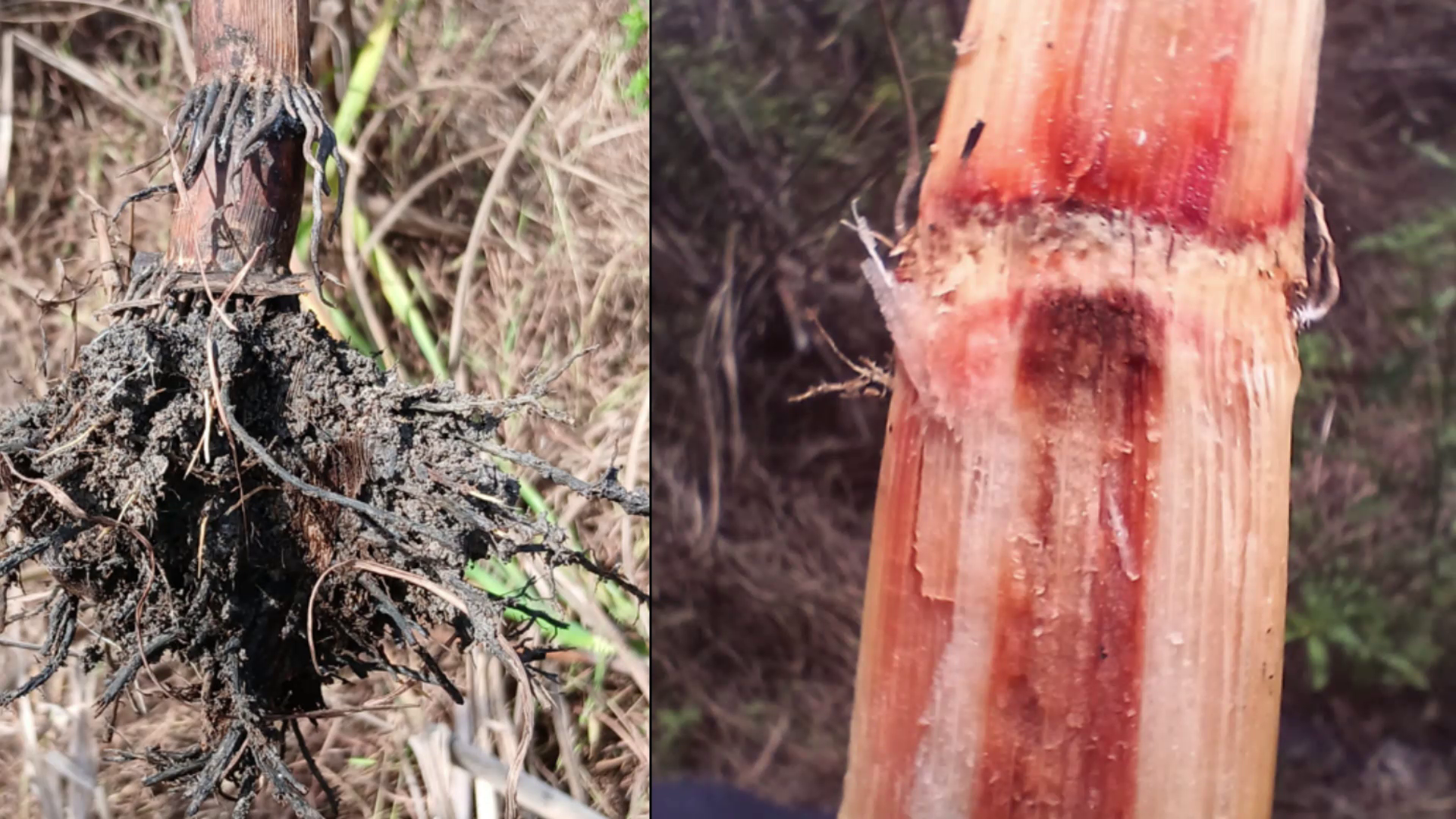Farmers in the Corozal District are on high alert as the Sugar Industry Research and Development Institute (SIRDI) has issued a critical warning about a rapidly spreading fungal infection. This infection, known as fusarium, has been wreaking havoc on sugar cane crops for the past month, causing widespread wilting and yellowing. The situation is dire, with the infection already affecting approximately three-fourths of the district’s crops. The rise in temperatures has created an ideal environment for the proliferation of these harmful pathogens, exacerbating the spread of the disease. Marvin Garcia, Research Extension Officer at SIRDI, provided further insights into the crisis. He emphasized the urgency of the situation and the need for immediate action to mitigate the damage and prevent further spread. Farmers are urged to stay vigilant and take necessary precautions to protect their crops from this devastating infection.
Marvin Garcia, Research Extension Officer, SIRDI
“It is through something that creates an opening to the plant can be environmental or can be true best creates an opening and then the fusarium gets in the plant and infect the plant. We have had a long drought season, and I think this is one of the main reasons we have this problem. The soil starts to crack whenever it cracks. It destroys the roots underneath and it creates openings for the plant. Once the plant is weak, the fusarium will infect also, we have stem worm and we have sugar cane weevils that bore through the stem of the cane create openings and the fusaium also goes in there. And also also you were asking if the fusarium will affect humans if we consume it. No, it’ll not. What we’ll do to cane, If it is severe, it depending on the variety of the cane. We have different varieties. Some of them, yes, it can destroy completely and some can be tolerant to it. And that we’re working on it and seeing which varieties are more tolerant. What we have seen in the variety that is more than sixty percent of the sugar industry is B79, 474. It is susceptible. To this fusarium, and we have seen even some areas with the mortality of this, this variety with the fusarium.”
Farmers are advised to clean all fire lines and equipment thoroughly and to avoid using potentially contaminated seeds.
